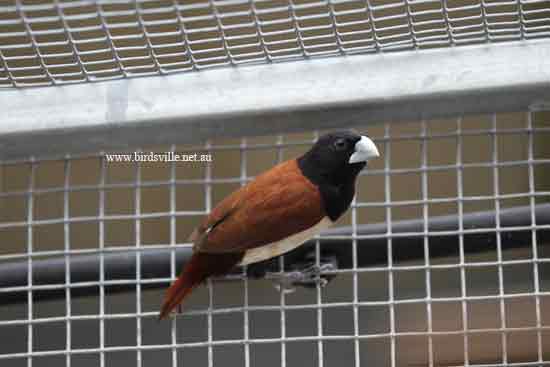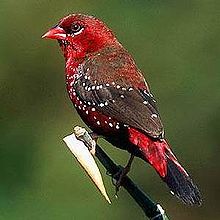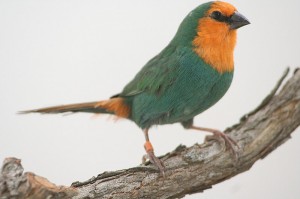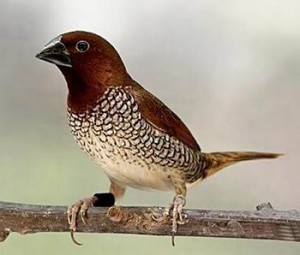Tri Coloured Nun information

More information coming soon.
Lonchurra malacca malacca
Natural Distribution and Habitat
Native to India they inhabit areas with tall grasses and reed beds.
Diet for Tri Coloured Nun’s
Seed– Feed your tri coloured nuns a good quality seed mix, be wary of some supermarket brands as the quality may not be of the highest standard and contain alot of filler seed. If you are unsure of the seed you are using ask your local bird expert.
Sprouted seed– grey striped sunflower can be added to your sprouted mix for info onhow to make your own sprouted mix visit finch care page
Fruit– paw paw and apple
Millet sprays– a fresh seed still on the stem we recommend french white millet sprays for this species of finch.
Greens– an important part of the diet supply, cucumber, seeding grasses, dandelion, endive, chickweed, flowering heads of milk thistle,
Vitamin supplement– an essential vitamin for breeding birds add via the water supply
Live food– not essential but should be supplied during breeding season.
Egg and Biscuit formula– an important protein supplement during breeding season.
Grit– Use a fine mix containing charcoal, baked egg shell, shell, crushed cuttlebone and limestone
Breeding Tri Coloured Nuns
Breeding from september to march they will nest in half open finch nest boxes, budgie nest boxes, woven wicker nests or thick bushes. Both sexes build the nest be sure to supply nesting material such as swamp grass and soft white feathers. The hen will lay around 5 white eggs with an incubation period of 13 days with both sexes sharing this duty. The young will fledge around 4 weeks after hatching with the parents feeding them for a further 3 weeks until they learn to crack seed for them self.
Sexing Tri Coloured Nun’s
as they are not sexually dimorphic they are difficult to sex as both sex look identical. The only difference is the male will have a slightly larger lower mandible, the bottom on the beak.



